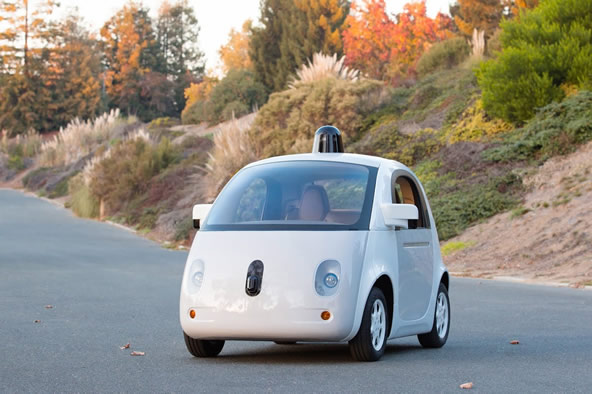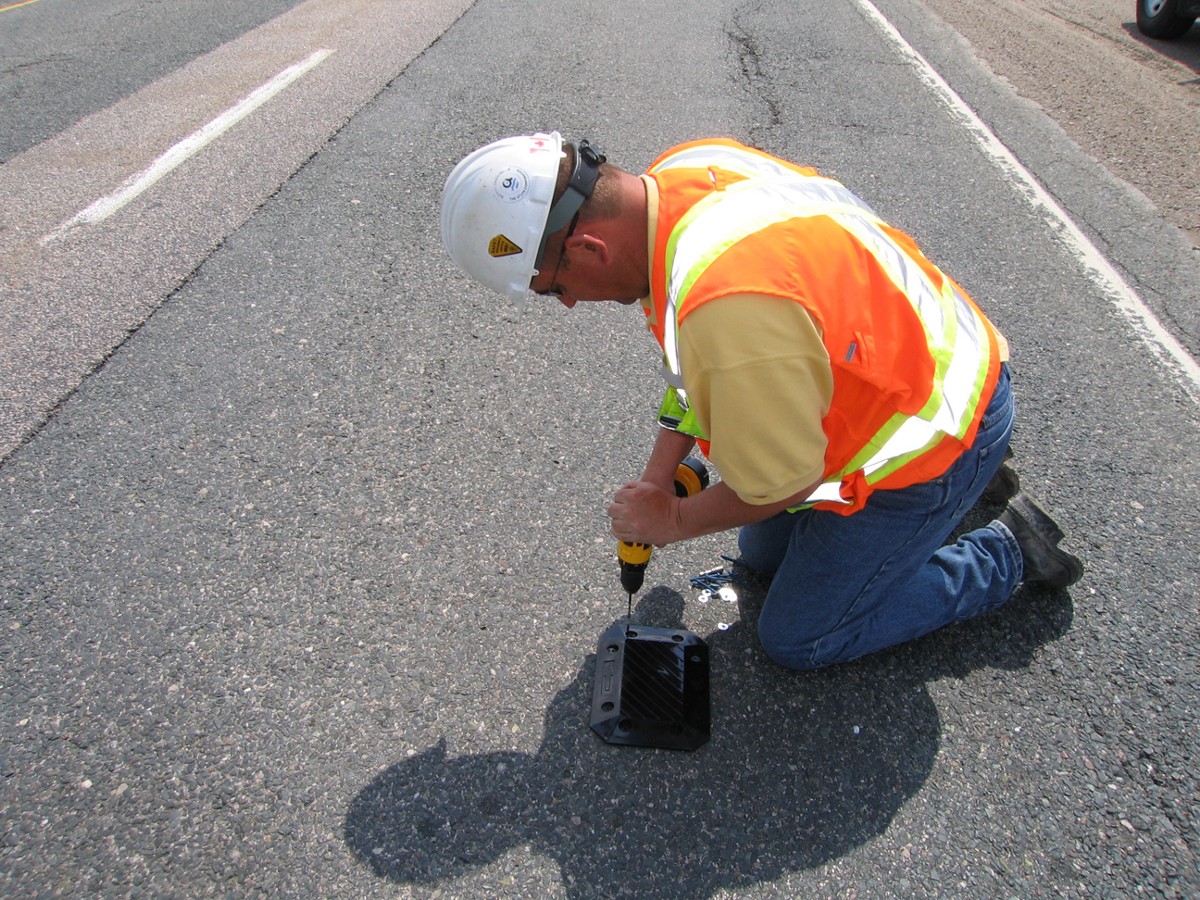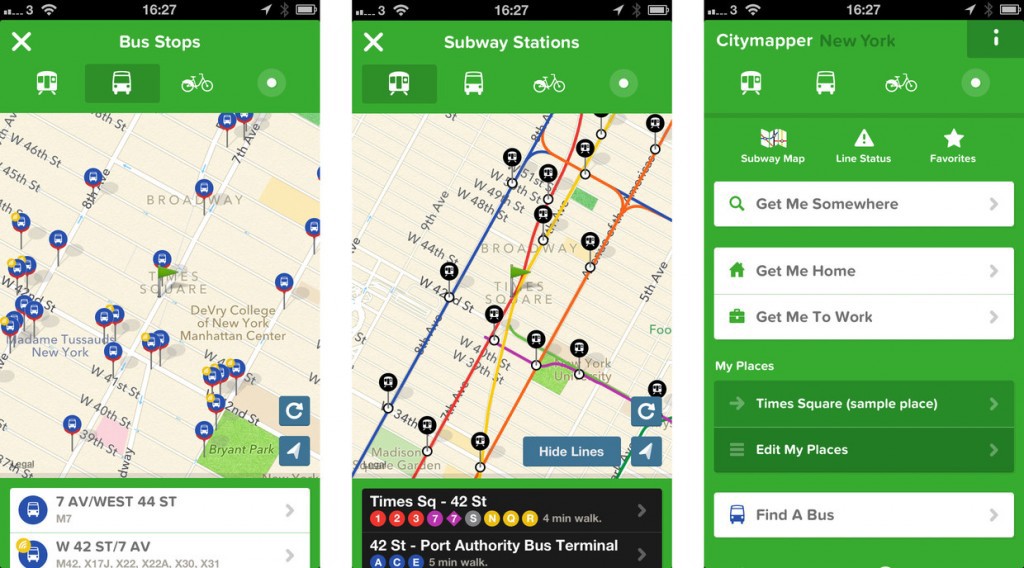An upgraded infrastructure: It may not seem obvious but there’s plenty of innovation happening in the infrastructure layer. Sensors in the streets, “smart” street signs, robots to park your car automatically, smart parking with wireless parking door openers, networks of charging stations and vehicles for public or private car sharing solutions (Autolib in Paris, DriveNow and car2go in Germany). And If roads are not enough then drones are maybe paving 😉 the future of logistics. This will create a need for different types of infrastructure. You can also think of Hyperloop working on a new physical network of tubes to move people and things faster across longer distances.
On demand / delivery services; the human cloud of transportation: I think we all noticed the explosion of on demand services that enable you to order food, a driver, grocery shopping and more, directly from your smartphone. Deliveroo, Uber, Postmates (just to name a few of the already big players). At large, these companies have created an entire workforce of on-demand delivery drivers that did not exist five years ago. Walk down the busy street of any major city and count how many delivery people you can spot in a 5 minutes walk.
Warehouses : Warehouses are clearly a huge part of the logistics stack. Not only are warehouses becoming highly automated and filled with sensors but the availability of the human cloud of delivery is also transforming the way logistics flows are organized and redefining what and where warehouses are. Some restaurants without brick and mortar “front end”, or industrial kitchens (like Frichti or Blue Apron) are opening every day in large cities to serve those on demand food services. But it goes beyond food. Once you can plug into a logistics flow any shop becomes a local warehouse. Even Uber car trunks are a new kind of locally moving warehouse.
Freight : In the past 2 years we saw a lot of companies going after the larger freight market : from container marketplaces (NOT the Docker’s one) to truck marketplaces where customers can book a truck on demand and follow its path. I think I can name at least 4 companies per European country working on different bits of the road and sea freight market (SaaS solution integrated with ERP, marketplaces, mobile app for truck drivers, pricing engine, peer to peer van solution…). There will definitely be a consolidation in this field but they are all currently accelerating this infrastructure transformation. We also see company emerging between Freight and parcels for a consumer / smb market working with small vans (Trusk, Anyvan just to name 2 different exemples).
People transportation : Uber is the mother of all companies in this sector but it is far from being the only one. There are companies all around the globe either competing directly with Uber or working on specific part of the market (the young with Heetch, the commuters with Via…) and different models ( ride sharing with blablacar, car sharing and shared fleets of cars...).
Pooling algorithm and peer to peer network: this is part of most of the people transportation business but this has a real direct value. Any tool that will allow you to connect supply and demand and optimized both. Uber pool, Blablacar but also shuttle players like Padam, or Charriot : they all created a specific software dispatch tool that is the real liquidity maker (market maker in fincance). The quality of the tool will directly impact the platform bottom line, and the more data you have the better it is to predict routes, supply and demand. It is also true in logistics world, where several food/grocery delivery companies are working on creating peer to peer network and pooling mechanism.










